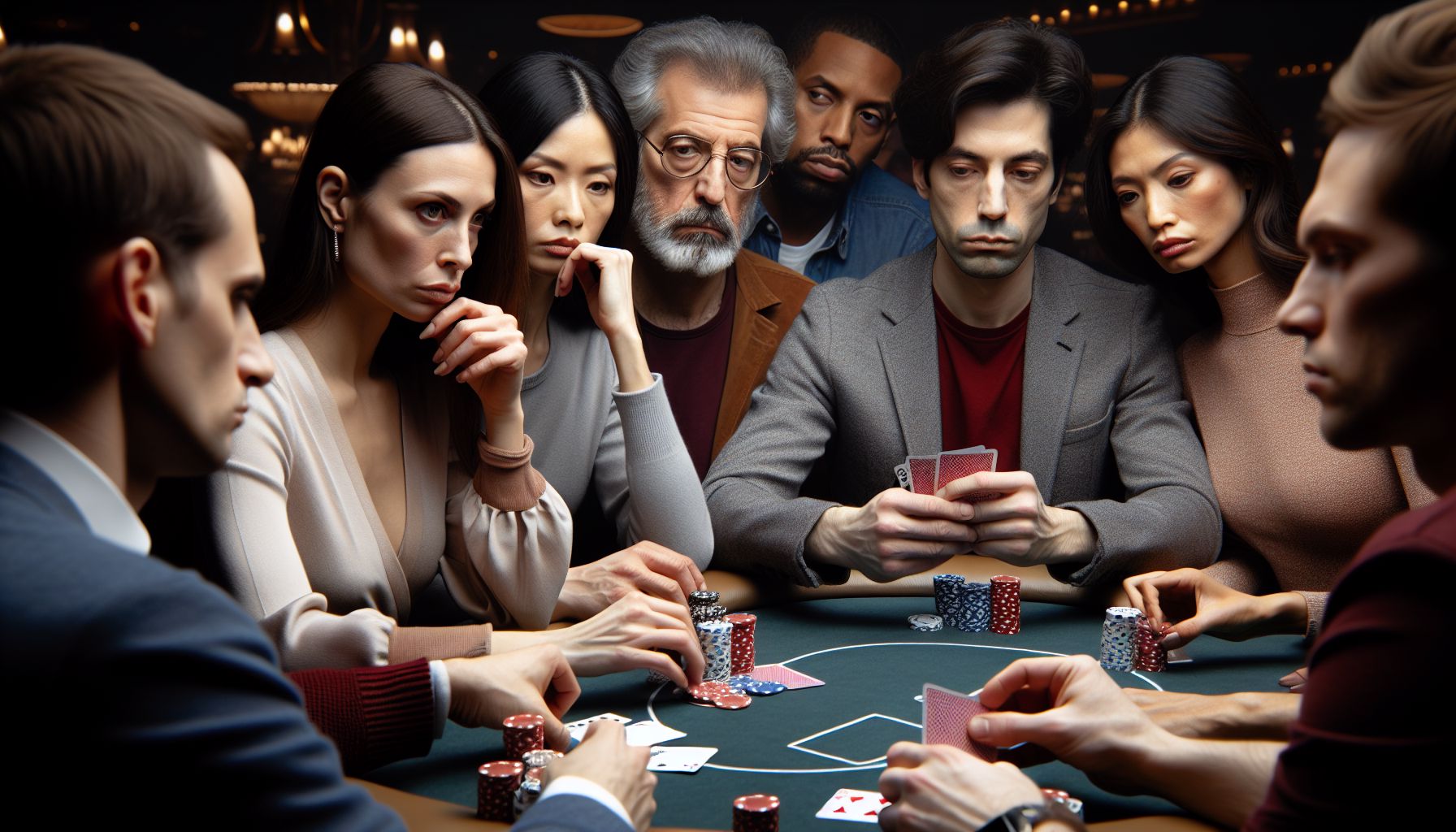Mastering the game of poker goes well beyond understanding the rules and knowing when to bet, fold, or bluff. Poker, specifically casino poker, Tactics in Casino Pokeris a complex game that greatly relies on sound strategies and mental prowess. One of the most powerful tools at a poker player’s disposal is psychology. By understanding the mental strategies at play, you can read the table more effectively, Tactics in Casino Poker predict actions, and outmaneuver your competitors. This article delves into the intricacies of these psychological tactics, helping you grasp how to leverage them for your own triumph.
The Psychology behind Poker
The game of poker is essentially a mental duel among players where the stakes rise with each new card, each new bet, each new deception. Just like a game of chess, poker involves a considerable amount of strategy, intuition, Tactics in Casino Poker and psychological insight. In the persistent attempt to predict and manipulate their opponent’s moves, players often turn to psychological tactics.
Recognizing Patterns
Fundamental to such tactics is recognizing patterns – in betting behavior, in physical gestures, or in playing style. Novice players tend to act without much thought, repeating the same patterns over and over again. In contrast, seasoned players consciously mix up their playing techniques to avoid predictability.
This pattern recognition is predominantly based on observation, analysis, and a fair bit of intuition. The better you get at noticing these patterns, the more accurately you can guess what card opponents are holding, what they are planning, and how likely they are to win or lose.
Tells
Tells are subconscious signals a player gives off, revealing the strength or weakness of their hand. It could be anything from a nervous twitch, an exaggerated smile, or the speed at which they place their bets. Any physical activity or verbal cue that can be interpreted by other players is considered a tell.
Bluffing
Bluffing is perhaps the most well-known psychological tactic in poker. By projecting a false impression of the strength of their hand, players can lull their opponents into folding prematurely or betting more than they should.
Reading the Table
Reading the table is an umbrella term that encompasses recognizing patterns, spotting tells, and identifying bluffs. This skill involves a deep understanding of the game, the players around the table, and how they interact with each other.
Implementing Psychological Tactics
Now that you understand the basics, let’s explore some step-by-step strategies you can employ to use these tactics to your advantage.
Learn to Observe
Start by simply watching the table, even when you’re not involved in a hand. Notice how others respond to winning or losing hands, how long they take to make decisions, how frequently they bet, raise or fold, and how they handle their chips or cards. The key is to remain observant even when you’re not playing.
Recognize Patterns
Next, start looking for patterns. If a player always raises with a strong hand and folds with a weak one, they’re exhibiting a pattern. If they drum their fingers on the table every time they are about to make a large bet, that’s a tell.
Beware of the Reverse Tell
A reverse tell is an action designed to mislead opponents and trick them into making wrong predictions. These are often employed by experienced players to shroud their intentions and trick inexperienced players into making incorrect assumptions.
Perfect Your Poker Face
A big part of leveraging psychology in poker involves masking your own intentions. This is where the so-called ‘poker face’ comes into play. The idea is to maintain a neutral face and body posture, revealing nothing about the value of your hand.
Practice Your Bluffing Skills
Bluffing is an art more than a science, and it takes practice to get good at it. But a well-executed bluff can lead your opponents down a false path and into mistakes. However, beware of over-bluffing as it can lead to massive losses.
Conclusion: The Power of Poker Psychology
Psychological tactics are a crucial component of the rich fabric that creates the electrifying atmosphere of poker. By employing these tactics, novice and professional players alike can tilt the odds in their favor, sowing seeds of doubt into their opponent’s minds, and dictating the game’s pace.
However, keep in mind that reading the table is not the holy grail of winning poker. It’s a tool, albeit a powerful one, to enhance your decision-making process. There is always an element of luck involved, no strategy can guarantee a win every time.
Understanding poker psychology requires patience, observation, and a deep understanding of the game. So keep practicing, keep honing your observational and analytical skills, and most importantly, enjoy the game for the thrilling experience it provides.
Remember, in poker, as in life, “You’ve got to know when to hold ’em; know when to fold ’em.” In the end, the player who masters their own mind and understands that of their opponents’ emerges victorious in the enigmatic game of poker.
Baca Juga: The Greatest Poker Matches in History: A Thrilling Recap
